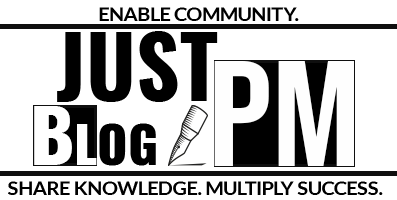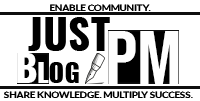In the intricate web of project management, the procurement management plan stands out as a pivotal tool, ensuring that all procurement activities align seamlessly with the project’s objectives. It’s not just about buying; it’s about buying right.
Introduction:
The procurement management plan is a comprehensive blueprint outlining the approach to a project’s procurement processes. It’s a subset of the overarching project management plan and serves as a guide to ensure that all procurement activities are conducted systematically and aligned with the project’s objectives.
Essential Details:
- Scope of the Plan:
- From the inception of procurement documents to the closure of procurement, every step is encapsulated in the plan.
- The plan’s depth can vary from detailed to broad strokes, depending on the project’s needs and organizational standards.
- Key Components:
- Seller Identification: Pinpointing pre-qualified sellers or vendors.
- Contract Type Selection: Determining the most suitable contract type for procurement.
- Metrics & Evaluation: Establishing criteria for vendor evaluation and the terms & conditions for contracts.
- Statement of Work (SOW): Outlining the specifics of what is to be procured.
- Risk Management: Specifying performance bonds, insurance, or other risk mitigation measures.
- Schedule Coordination: Align procurement delivery dates with the project schedule, considering lead times.
- Documentation: Highlight any standardized procurement documents or templates to be used.
- Coordination: Ensuring synchronization of procurement with project schedules and performance reporting.
- Risk Management: Addressing potential procurement risks and outlining mitigation strategies.
- Decision Autonomy: Defining the extent to which the project team can make independent procurement decisions.
- Estimation & Evaluation: Determining if independent estimates are needed and outlining the criteria for evaluation.
Wrap-Up:
The procurement management plan is more than just a document; it’s a strategic tool ensuring the project’s procurement activities are systematic, coordinated, and aligned with its goals. By addressing key components, from seller identification to risk management, the plan provides a clear roadmap for procurement success. Leveraging organizational process assets and expert opinions further refine the plan, ensuring it’s robust and adaptable to the project’s unique needs.


